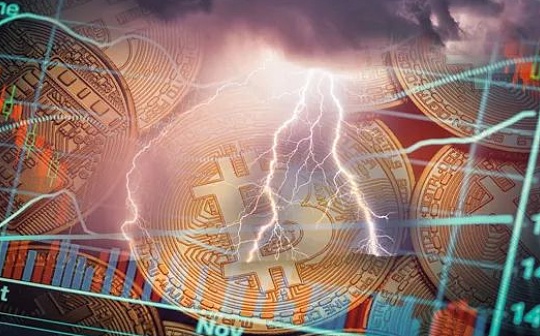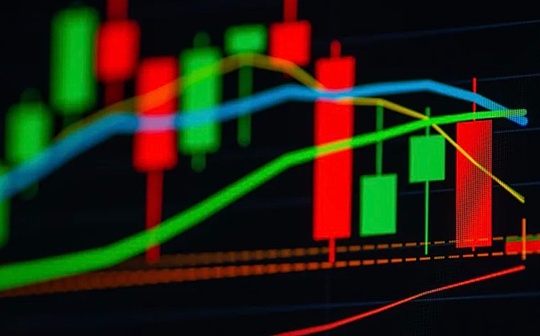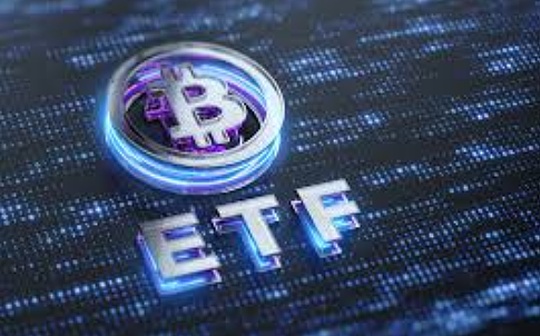Cryptocurrency exchange listing problem: Why are newly listed tokens constantly collapsing

Reprinted from jinse
03/01/2025·2MAuthor: Marie Poteriaiev, CoinTelegraph; Translated by: Wuzhu, Golden Finance
The listing of new tokens is like a stock market with doping. Without the guardrail of traditional finance, prices will fluctuate drastically, making big money in a few days or even hours, and more commonly, bankruptcy. Binance Exchange is often the preferred listing destination for many of these tokens, providing traders with high-risk bets and opportunities to chase the next market hotspot.
However, if you look closely at its listing, you will find that these opportunities are not statistically optimistic. Some analysts believe that this possibility is close to zero, as most Binance listings follow predictable gouging and sell-off cycles without a significant recovery after that.
This begs a key question: Is this just the essence of today’s market, or is it that centralized exchanges are actively promoting unsustainable speculation?
Recent Binance Token Listing
Many new token listings on centralized exchanges follow a similar pattern. Prices soared within hours of listing, then quickly plummeted and stabilized at lower levels.
Here is a breakdown of all new tokens on Binance since the beginning of this year:
-
LAYER (DeFi) - went public on February 11, down 50% from its listing high.
-
TST (Memecoin) - went public on February 9, down 80%.
-
BERA (L1 Blockchain) - went public on February 5, down 38%.
-
ANIME (Culture Coin) - went public on January 22, down 74%.
-
TRUMP (Memecoin) - went public on January 19, down 82%.
-
SOLV (DeFi) - went public on January 17, down 78%.
-
COOKIE (MarketingFi) - Listed on January 10, down 74%.
-
AIXBT (AI) - went public on January 10, down 67%.
-
CGPT (AI) - Listed on January 10, down 68%.
-
BIO (Biotech) - went public on January 3, down 88%.

BIO, SOLV, TRUMP 1 day price chart. Source: Marie Poteriaiev, CoinGecko
So far, only Berachain (BERA) seems to have a chance to rebound due to strong fundamentals and active communities. The fate of KAITO (InfoFi tokens listed on February 19) is also uncertain. But in various fields such as DeFi, AI, meme coins, and biotechnology, this model is repetitive.
Are these listed tokens particularly bad?
Some analysts believe that all new tokens are destined to be torpedoed and sold. However, recent listings on other exchanges suggest that this is not the case. For example, IP (decentralized IP management) that went public on Gate.io on February 13 has soared nearly 5 times since then. Another example is HYPE, which went public on KuCoin on December 7 and performed well.
In some cases, familiar gouging and selling patterns will also appear when Binance lists tokens that have already been traded on other exchanges. For example, CGPT has been trading since April 2023, but its price briefly doubled after its listing on Binance in January - and then fell below pre-listing levels.
Another example is CAT, which rose 54% on the day of Binance listing on December 17, and then plummeted 86%. The VELO tokens that have been trading in 2022 rose 147% after listing on Binance on December 13, and then fell 83%.
Interestingly, VELO’s listing on Kraken on February 18 did not have a significant impact on the price.

VELO, CGPT, CAT 1-day price chart. Source: Marie Poteriaiev, CoinGecko
Why are there gouging and selling on CEX token listing?
There are several factors (individually or in combination) that explain why newly listed tokens sell when they start trading on a centralized exchange.
The most obvious reason is that they provide ideal exit opportunities for insiders and venture capitalists. With no restrictions, project supporters can immediately sell their tokens and cash out before real market demand forms. This may be a signal that the project lacks long-term benefits or any actual utility.
Another contributor is limited initial supply and low liquidity. When the token debuts with a limited supply of circulation, early buyers will quickly push up prices. In this case, as more tokens emerge (whether through team unlocking, attribution planning, or liquidity injection), the artificial scarcity disappears and the price is corrected.
Finally, over-designed hype and speculation may play a major role. Exchanges like Binance have a large user base, and their brand visibility can create what is called a "casino effect" with traders flocking to expect rapid and explosive returns rather than sustainable value.
At least in theory, exchanges may also artificially exaggerate demand, prompting traders to flock to buy at any price. There is currently no conclusive evidence for such manipulation, but Binance has previously faced charges of wash trading and market making strategies designed to exaggerate demand and trading volume.
However, Binance itself emphasizes that it has a “strong market oversight framework that can identify and take action to combat market abuse.”
While the above analysis of recent listings is far from exhaustive, it shows that some exchanges’ listing mechanisms tend to be more short-term speculation than sustainable project growth. By prioritizing trading volume, exchanges benefit from the hype cycle, but this approach could undermine user trust and trigger regulatory scrutiny.
Centralized cryptocurrency exchanges are not the only participant in driving the speculation of new token issuance. Even Argentina President Javier Milei has been found doing the same thing recently. Additionally, some CEXs do try to reduce some of the risks by marking newly listed tokens as “seeds” investments and asking users to acknowledge their high-risk nature.




